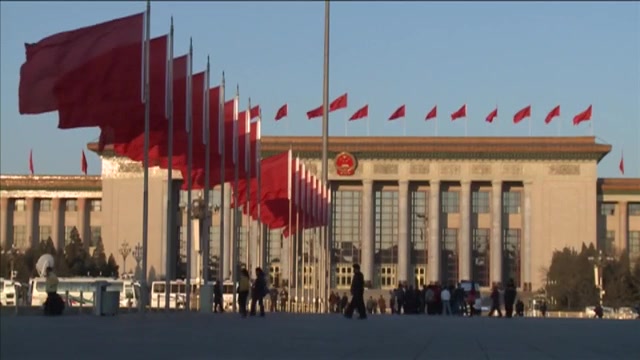Trump to Implement Historic Tariffs on Chinese Imports
October 2023 | New York/Hong Kong – CNN
In a significant escalation of trade tensions, President Donald Trump announced plans to impose a staggering 104% tariff on all Chinese imports, as confirmed by White House Press Secretary Karoline Leavitt on Tuesday. This development adds to the existing tariffs that were already in effect before Trump’s second term.
Details of the Tariff Increases
Starting Wednesday, tariffs that were scheduled to rise by 34% will now increase by an additional 50%. This is in response to China’s commitment to retaliate with a 34% tariff on U.S. goods, effectively raising the stakes in the ongoing trade conflict.
China’s Response
Reacting strongly to the announcement, China’s Commerce Ministry labeled the new 50% tariffs as “a mistake upon a mistake,” vowing to escalate its retaliatory measures against U.S. exports. A series of potential countermeasures were reported, including:
- Significantly higher tariffs on American agricultural products such as soybeans and sorghum.
- A ban on U.S. poultry exports.
- Limiting access to Chinese markets for services and legal consultancies.
- A potential halt on cooperation aimed at combating fentanyl trafficking.
Market Reactions
U.S. stock markets initially rose in response to the tariff announcements but gradually declined following Leavitt’s comments. The day saw the Dow Jones Industrial Average drop by 320 points (0.84%), and the S&P 500 fell by 1.57%, while the tech-heavy Nasdaq Composite slid by 2.15%.
Historical Context and Economic Implications
Trump initially imposed a 10% tariff on Chinese goods in February over concerns about illegal immigration and opioid trafficking. This rate was later doubled. With the new tariffs, the average duty on Chinese exports to the U.S. will skyrocket to nearly 125%.
China has accounted for a significant portion of U.S. imports, totaling $439 billion last year, while U.S. exports to China reached $144 billion. These mutual tariffs are anticipated to adversely impact domestic industries, potentially leading to layoffs.
Global Market Impact
Asian markets mirrored the downward trend in U.S. stock prices, with Japan’s Nikkei 225 and Hong Kong’s Hang Seng both opening about 3% lower. Other markets, including South Korea’s Kopsi and Australia’s ASX 200, reported declines of around 1%.
Future Negotiations
Despite ongoing discussions with other countries about reducing tariff rates, Leavitt stated that Trump remains steadfast in implementing his planned tariffs. The President’s trade team has been instructed to seek “tailor-made” agreements with nations open to negotiation, though specifics remain undisclosed.

